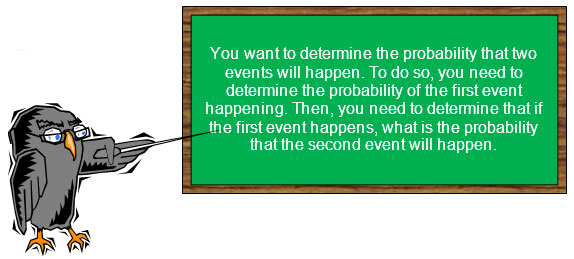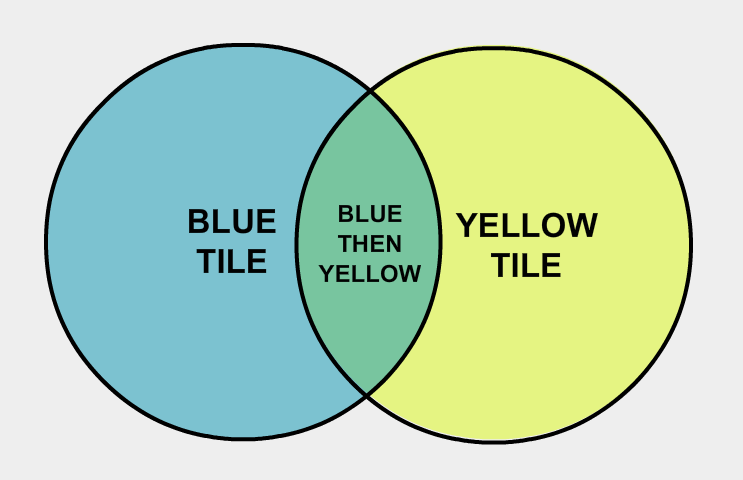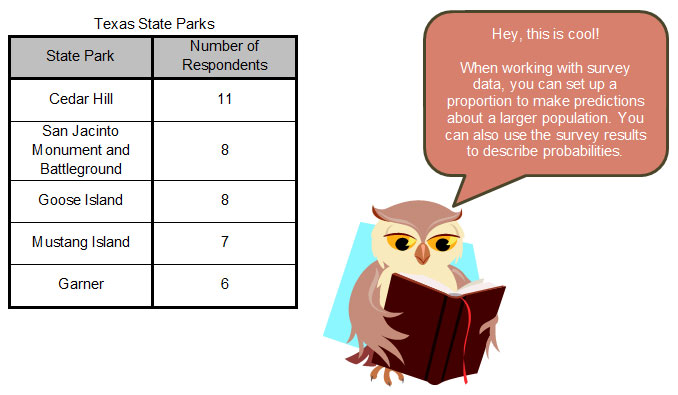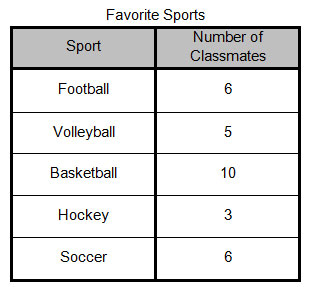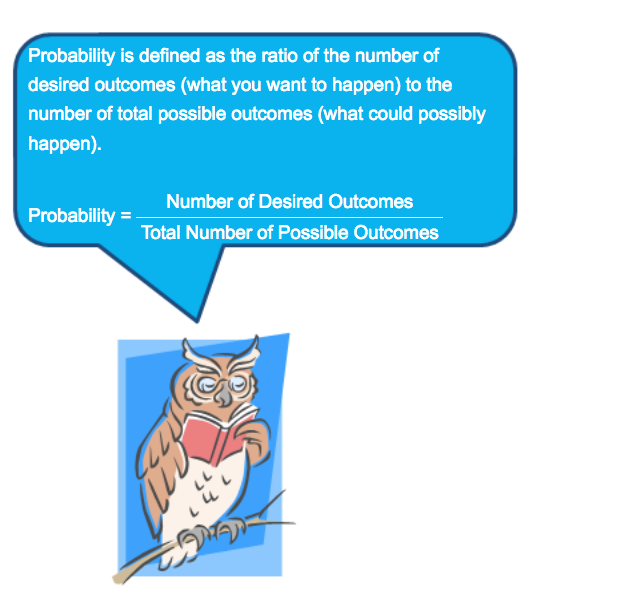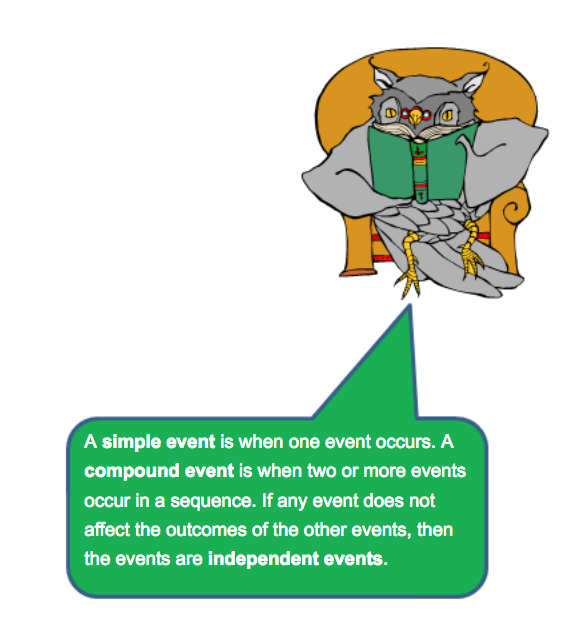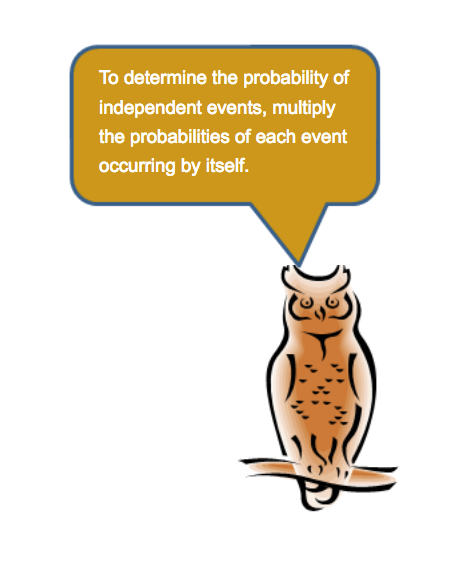Probability describes the likelihood of an event, or a sequence of events, occurring.
People have been using numbers to describe how likely an event is to occur since at least early Greece and Egypt. In the 1650s, mathematicians Pierre de Fermat and Blaise Pascal wrote a series of letters to each other in which they discussed the mathematics of random events. Specifically, Fermat and Pascal wanted to describe the likelihood of certain outcomes including rolling number cubes, or dice, that were used to play popular games of their time.
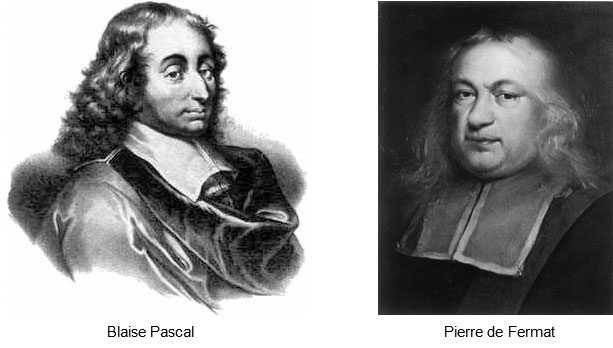
Source: Blaise Pascal, GianniG46, Wikimedia Commons and Pierre de Fermat, Afernand74, Wikimedia Commons
In this lesson, you will investigate what Pascal and Fermat described in their letters almost 400 years ago. You will begin by investigating the probability of one event. This is called a simple event. Then, you will extend this idea to determine the probability of several independent events. Independent events are those whose outcomes do not affect other events. In a later lesson, you will compare the probability of independent events to the probability of dependent events, where the probability of any event does affect the outcome of other event(s).


 In
In 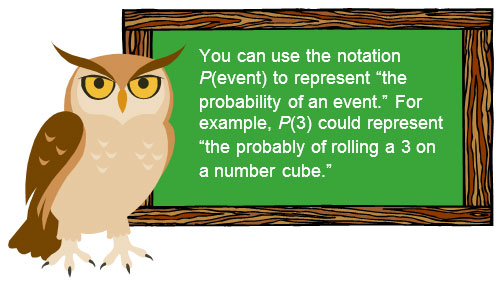
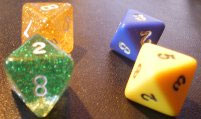 Brianna and Desmond use an 8-sided die (which is not a cube, but an
Brianna and Desmond use an 8-sided die (which is not a cube, but an 
